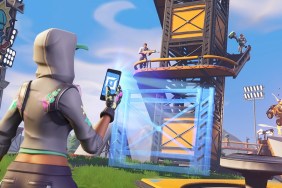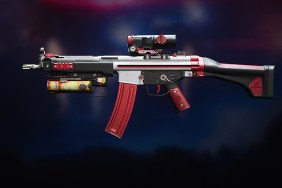The Crew 2 doesn’t make a lick of sense and it doesn’t care. This became clear to me when I sailed through Hudson River as a boat, hit a ramp, then transformed into a plane mid-jump and soared away, narrowly avoiding New York City’s many skyscrapers. Then I morphed back into my true boat self in the middle of a random street in Manhattan because…

Atlas is an action-rpg with rogue-like elements where you use your ability to control the ground to fight the enemies and move through procedurally generated worlds.










